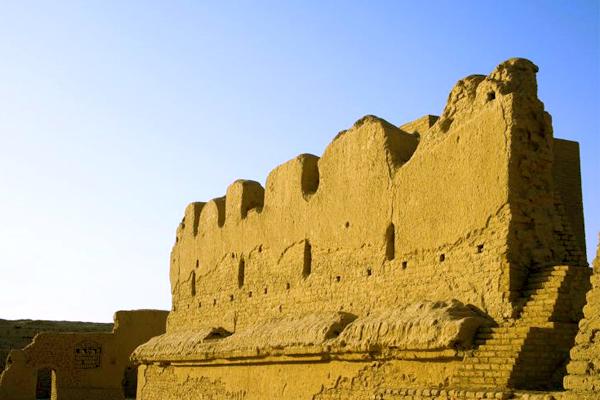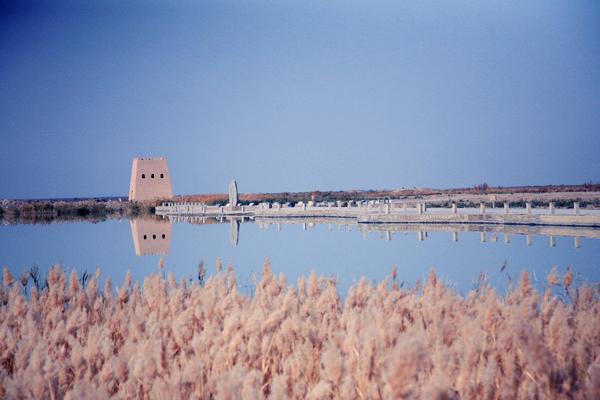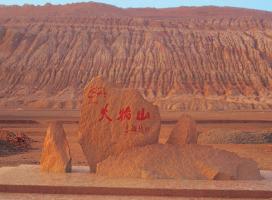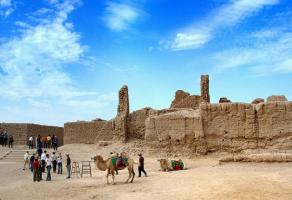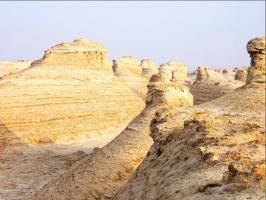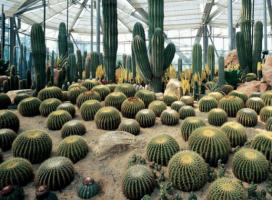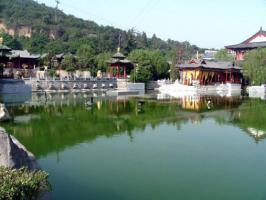Join-in Group Silk Road China Tours
About Us | Contact us | Tourist Map | Hotels | Feedback
Turpan Attractions
Astana Tombs
Astana-Karakhoja Ancient Tombs in Turpan are the public underground cemetery of the ancient Gaochang residents, both aristocrats and commoners. Portrait of a servant, mid-8th century, colour on silk, Tang Dynasty, from ancient china.
Ayding Kol Lake
Turpan Ayding Lake is a salt lake in the Turpan Depression, Xinjiang,which is used now as a setting for extreme sports or hikes.
Jiaohe Ancient City
Located 10 kilometers west of Turpan in China’s Xinjiang Province, the Jiaohe Ruins is an archaeological site which was an important stop on the Ancient Silk Road. It is the largest, oldest, and best preserved earthen city on earth.
The Flaming Mountains
Located in China Xinjiang, the Flaming Mountain is a barren, eroded, red sandstone mountain. The erosion of the sandstone rock has given the mountain an appearance of being on fire.
Ancient Gaochang City Ruins
30 kilometers southeast of Turpan Xinjiang, the ancient Gaochang Ruins are all that is left of an ancient oasis city that was a major stopping point on the Ancient Silk Road.
Bezeklik Thousand Buddha Caves
The Bezeklik/Kizil Thousand Buddha Caves is famous for ancient muralsWith with exsiting 60 caves, and over 40 caves have ancient murals of 1200 square meters.
Loulan Kingdom Ruins
In 1980, a 3,800-year-old female mummy (Loulan Beauty) was firstly discovered in Loulan known as the Tarim mummies. This opens an insight into the Loulan culture to the world. Loulan was an ancient kingdom based around an important oasis city along the Silk Road.
Turpan Desert Ecological Plant Park
The park is located southeast of Turpan Basin, the western sandy Cat Kale Township. Geographical coordinates: 40 ° 51'N, 89 ° 11'E, altitude -105 ~-76m.
Sugong Pagoda
The Sugong Pagoda, known as Emin Minaret or the Turpan Pagoda among local residents is a Islamic building. A stone tablet at its entrance cites the reason for the pagoda's construction in Wei and Han characters.
Karez Underground Water System
The Karez underground irrigation channel in Turpan is one of China's three greatest feats of ancient engineering, along with the Great Wall and the Grand Canal. Construction began on this ancient irrigation system during the Han Dynasty and as the Silk Road developed, methods of construction found their way to Central Asia and Persia.
